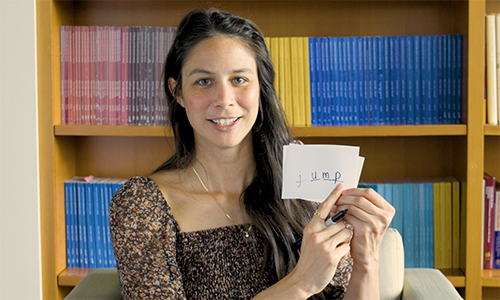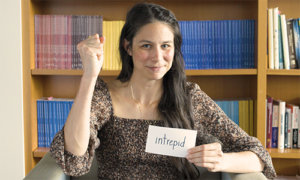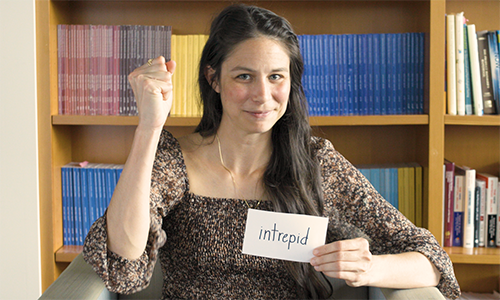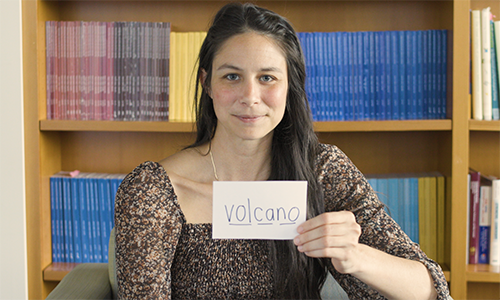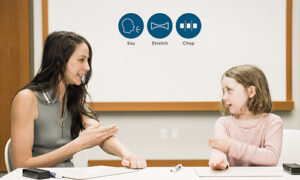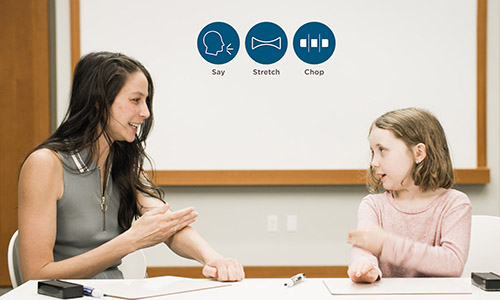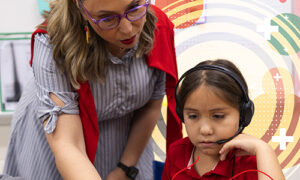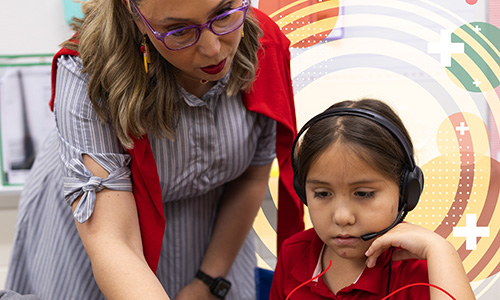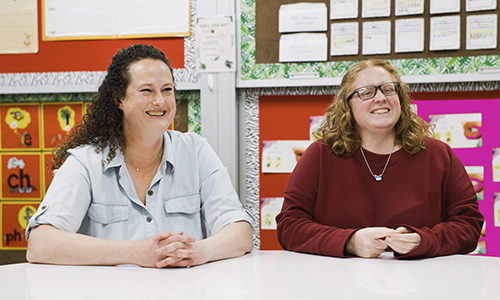6 ways to level up
with the science of reading
Many of us who teach literacy are now shifting our practices to better align to the science of reading. We’re using evidence-based practices like systematic and explicit phonics instruction. Now what? It’s time to take our implementation of science of reading practices to the next level. Let’s consider how we can more fully align to the science around a few key themes that can sometimes be overlooked.
Supporting language development
Question 1: Am I applying the science of language comprehension, too?
We know that students’ reading comprehension builds from their prowess at both word decoding and language comprehension. Remember the simple view of reading? It tells us that those improvements in teaching phonics and decoding that many of us have committed to are critically important. But sometimes too narrow a focus on these skills can mean that some of us risk neglecting the kind of language comprehension support our students need. That means supporting growth in vocabulary, sentence syntax, and broader knowledge.
View article
